Expanding Digitally Inclusive, Healthy Ageing Communities (DIHAC), a cross-cultural study to India
Expanding Digitally Inclusive, Healthy Ageing Communities (DIHAC), a cross-cultural study in Japan, South Korea, Singapore and Thailand to India
Digitally Inclusive Healthy Ageing Communities (DIHAC) is a cross-cultural study being conducted in Japan, Republic of Korea, Singapore and Thailand since 2021, the start of Healthy Ageing Decade. Recently DIHAC researchers have visited India for expanding DIHAC study to India. Assistant professor Vandana Garg, from Manav Rachna International Institute of Research & Studies (MRIIRS) coordinated the collaborative research activities of Digitally Inclusive Healthy Ageing Communities (DIHAC) study in India December 2023. The activities comprised feasibility survey, stakeholder engagement, institution stakeholder engagement and structured observation of primary health care service at the village level, long-term care program operated by non-governmental organization and healthy ageing activities of residential welfare association in the neighborhood of Faridabad, Haryana, Delhi NCR.
DIHAC team from Japan included principal investigator of DIHAC study Associate Professor Dr. Myo Nyein Aung, Department of Global Health Research, Graduate School of Medicine and Faculty of International Liberal Arts, Juntendo University, Tokyo, Japan and Co-PI Dr Yuka Koyanagi Lecturer Tokyo Ariake University and Assistant Professor Department of Global Health Research, Graduate School of Medicine, Juntendo University. DIHAC team from India is led by Assistant Professor Vandana Garg and MRIIRS faculties. Furthermore, DIHAC team shared instruments, technical support and theory framework to India collaborators.
As India’s population is growing older, it would be essential to learn how the communities and policies and programs are prepared and responding to population ageing. Therefore, this study would like to discuss the feasibility of DIHAC study and translation, and validation of instruments used in the DIHAC study in India. To understand the different communities, DIHAC team visited SHEOWS, an old age home. It is working to save the lives of the abandoned, destitute and homeless elderly across Delhi NCR. They rescued elderly from the roadside and provide them a second home, where they are medically treated, get accommodation, love, care, protection and nutritious and healthy food free of cost.
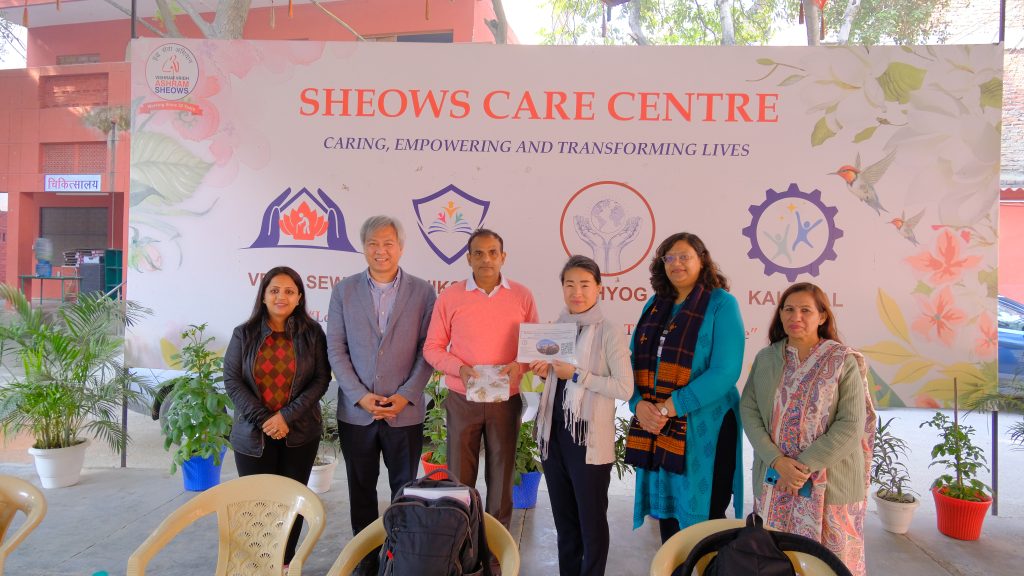
Figure: DIHAC study India and Japan teams observing long term care services at SHEOWS Care Home
DIHAC study team conducted field observation and feasibility survey despite the super foggy weather. Village community was visited at Mohna Village, Faridabad Haryana. Dr Shrutikant, senior medical officer has done a lot of work to organize free eye check-up camps, cataract surgeries was done here free of cost. He explained the changing trend of diseases due to air pollution, NCDs, and multiple morbidity among older people whereas maternal and child health is being served. They have well organized sections such as labor room, delivery room, general OPD room, physiotherapy center, and dental OPD. Yoga practitioner is taking regular yoga classes with older people. It is well built and fully equipped primary health care center.
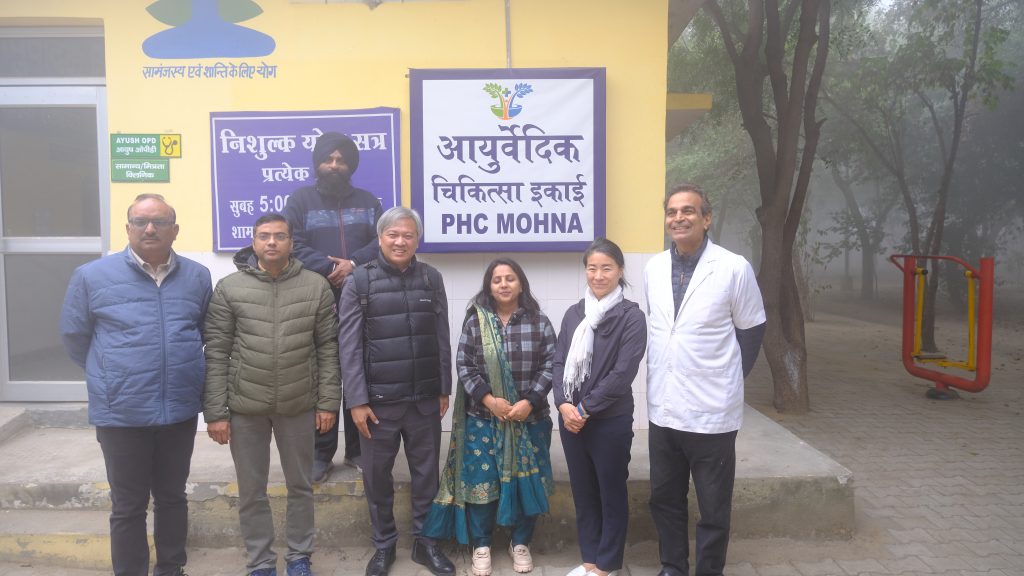
Figure 2: DIHAC Japan and India teams at Mohna Village Primary Health Care Centre on a foggy morning
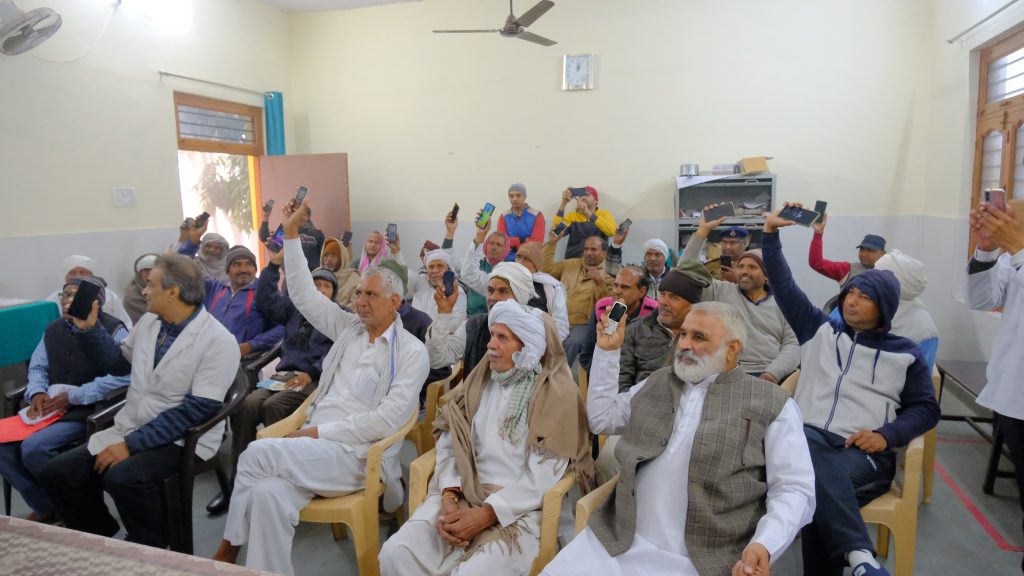
Figure 3: Seniors at Mohna Village showing that they use mobile phones, smart phones and internet.
Another community visited was Senior Citizen club Charmswood, Faridabad Haryana. Seniors from age 60-90 years old has joined this club. They have more than 150 members. The members used to organize regular meetings and activities for the seniors. Most of the members were retired from a reputed government and non-government positions.
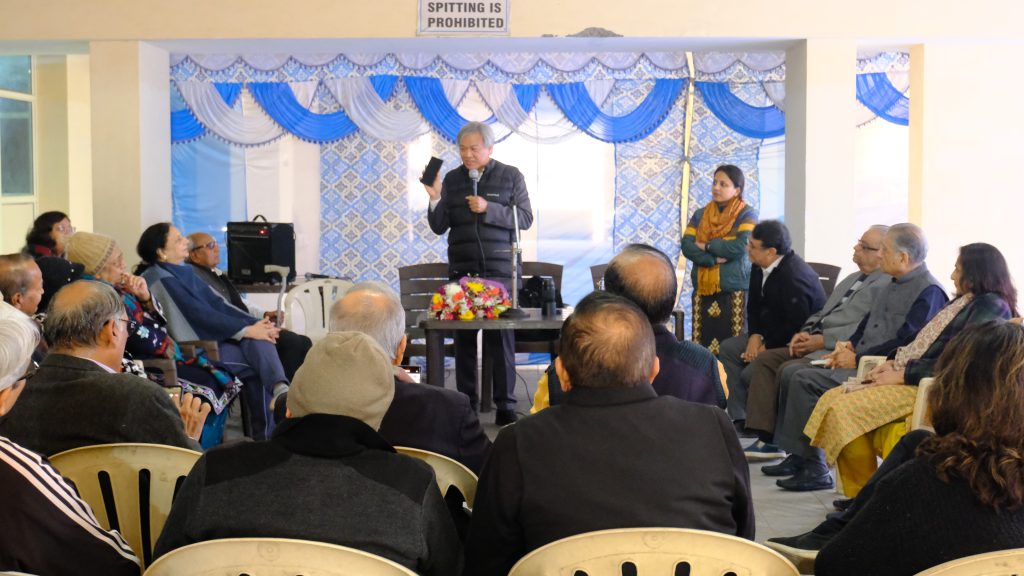
Figure 4: DIHAC study team explained about the digital inclusion and healthy ageing.
Mostly senior people in the communities are using mobile with internet facility. They are using internet for checking the information, news and socialization. They use phone to talk to their children or near ones using video calls. They said that most of the internet usage they learnt during COVID time. During that duration, they were not allowed to go out from their home. Therefore, they started making family and friends what’s UP group to interact with their family members and friends. The senior group also emphasized the fear of fraud using the internet or social media in which cybercrime is the most common.
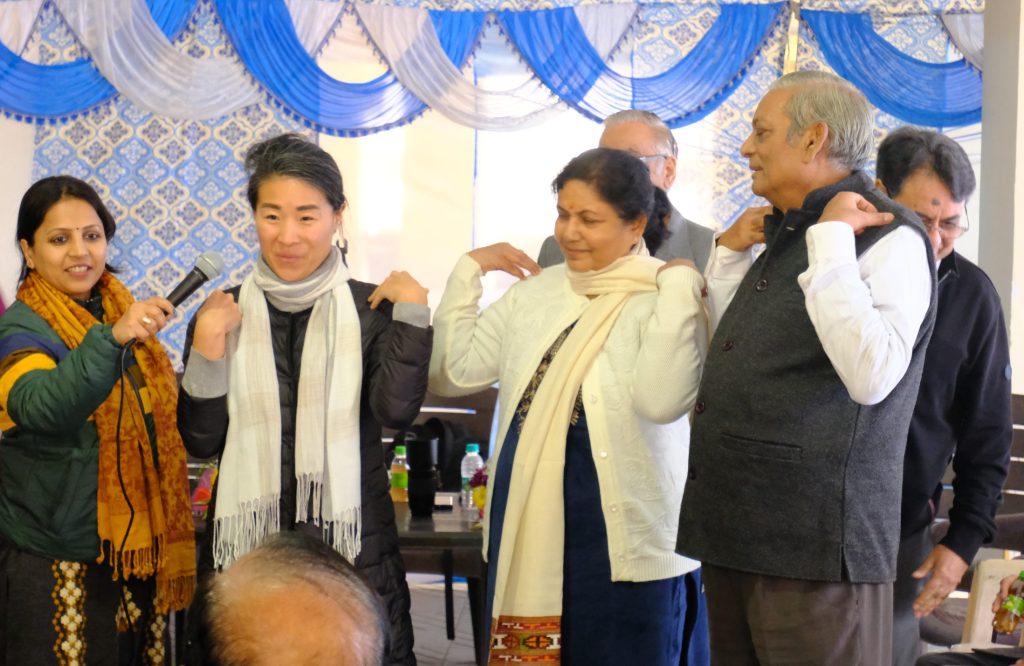
Figure 5. DIHAC study Co-PIs and Mr. and Ms. Mahendra Kumar Gupta, supreme court advocates performing cognitive exercise at community center.
DIHAC study team also observed social activities and exercise clubs and teams in the Lodi Gardens, New Delhi. Rose Park Club leaders and stakeholders cooperated with them and explained routine social activities. 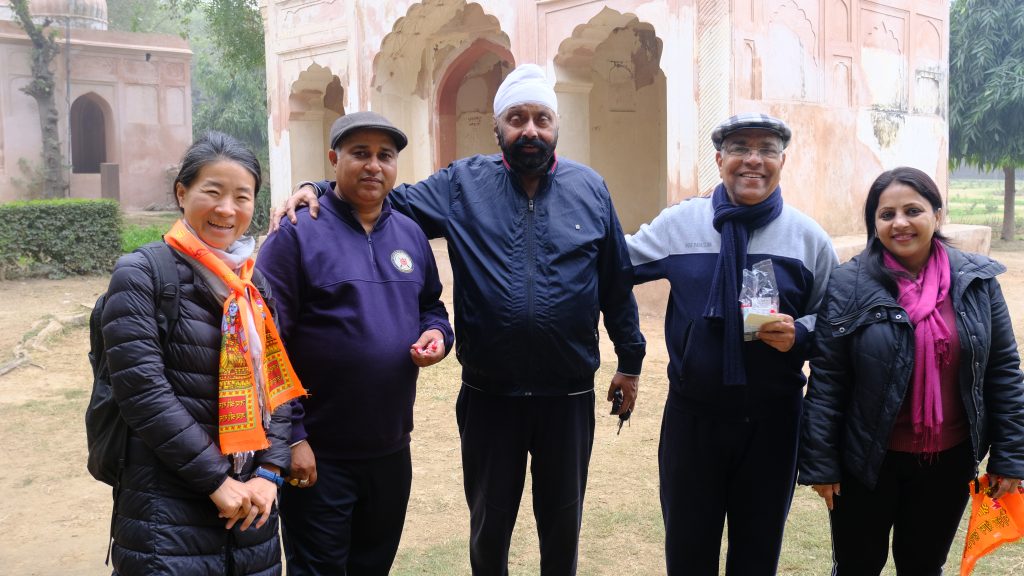 Figure 6. DIHAC study researcher Dr Yuka Koyanagi (left) and Vandana Gerg (right) and Rose Park Club patron members.
Figure 6. DIHAC study researcher Dr Yuka Koyanagi (left) and Vandana Gerg (right) and Rose Park Club patron members.
DIHAC study team expressed their heartly acknowledgement to those mentioned here, and many names not mentioned but who helped us to make the collaboration successful.
- Director General MREI- Dr N C Wadhwa MRIIRS,
- Pro Vice Chancellor- Dr G L Khanna, MRIIRS,
- Head of the Department of Nutrition and Dietetic: Dr Divya Sanghi MRIIRS,
- Dean, Faculty of Allied Health Sciences: Dr Moattar Raza Rizvi, MRIIRS,
- Dean, Radio Manav Rachna 107.8- Dr Gurjeet Kaur Chawala, MRIIRS,
- Primary health care center chief-Dr Shrutikant and health professionals at Mohna village primary health care center,
- Mr. Devendra Singh and community stakeholders at Mohna village, Faridabad, Haryana,
- Director Mr. Sanjit Kumar Das Mohapatra and staffs of SHEOWS, an old age home, Okala & Gautam Puri, New Delhi, and
- Mr. Mahendra Kumar Gupta, Advocate Supreme court and President of Residential welfare associations, Senior Citizen club, Charmswood, Faridabad, Haryana.
- Rose Park club
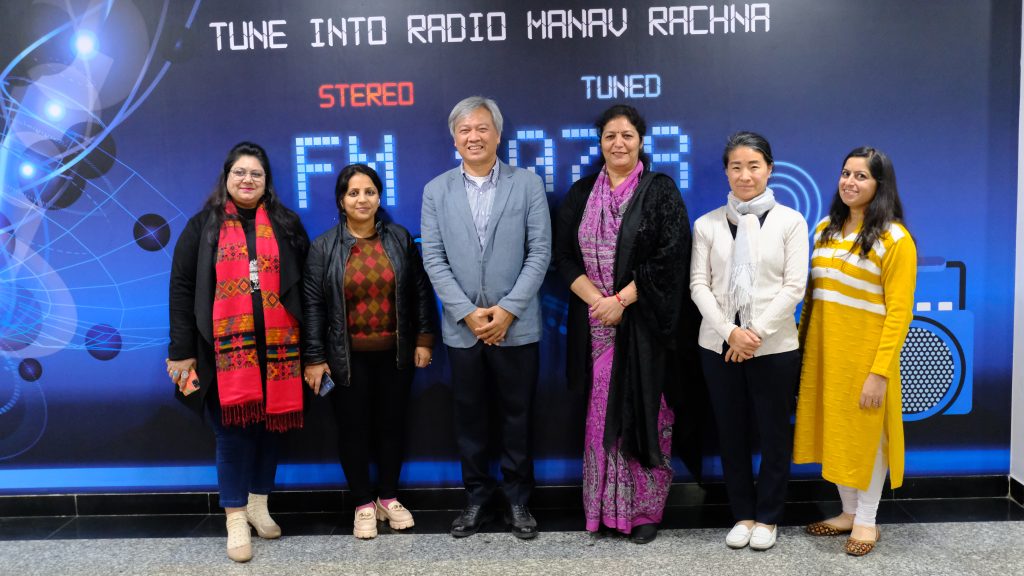
India communities are tightly connected socially and increasingly connected digitally. We do believe that it is an auspicious land which has rich community assets to invest in health promotion and healthy ageing in order to keep the world’s biggest population sustainably productive, healthy and happy. In addition, inclusive digitization may enhance equity for healthy ageing and ageing in place.
